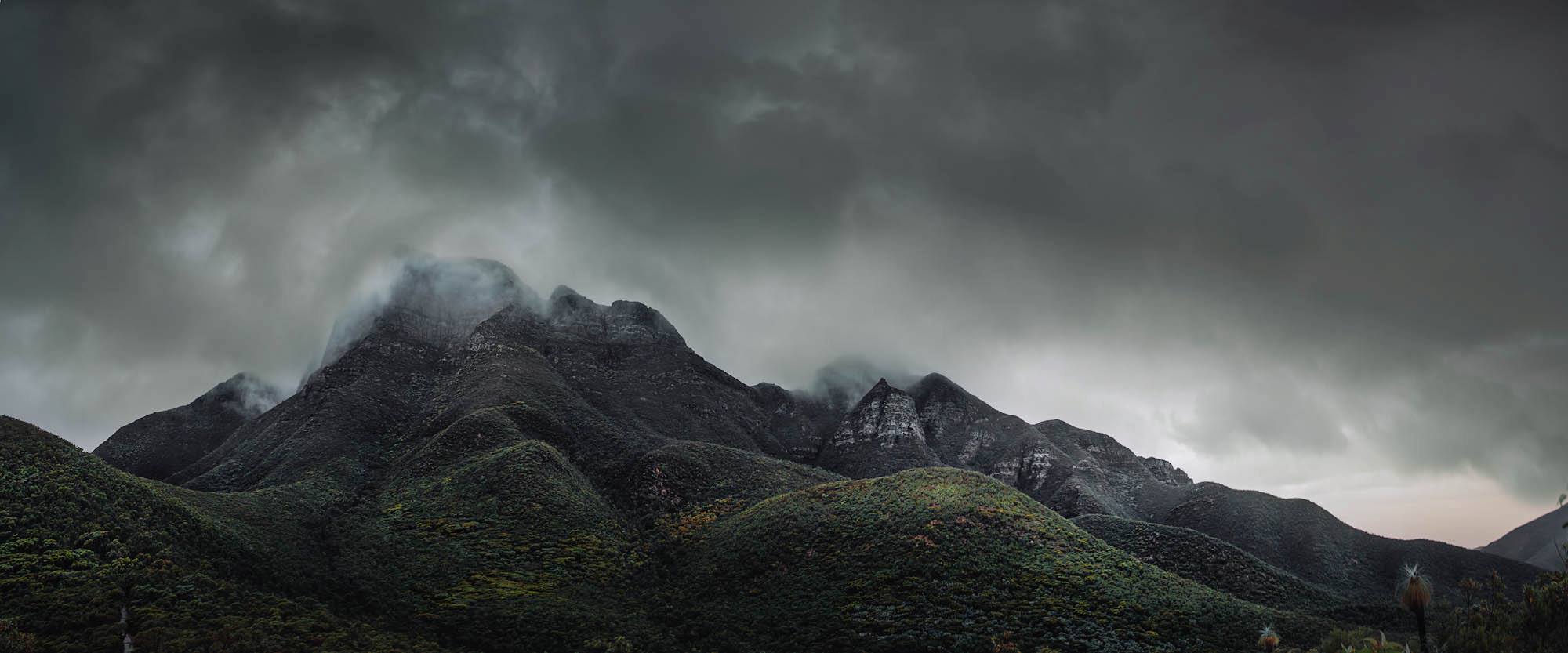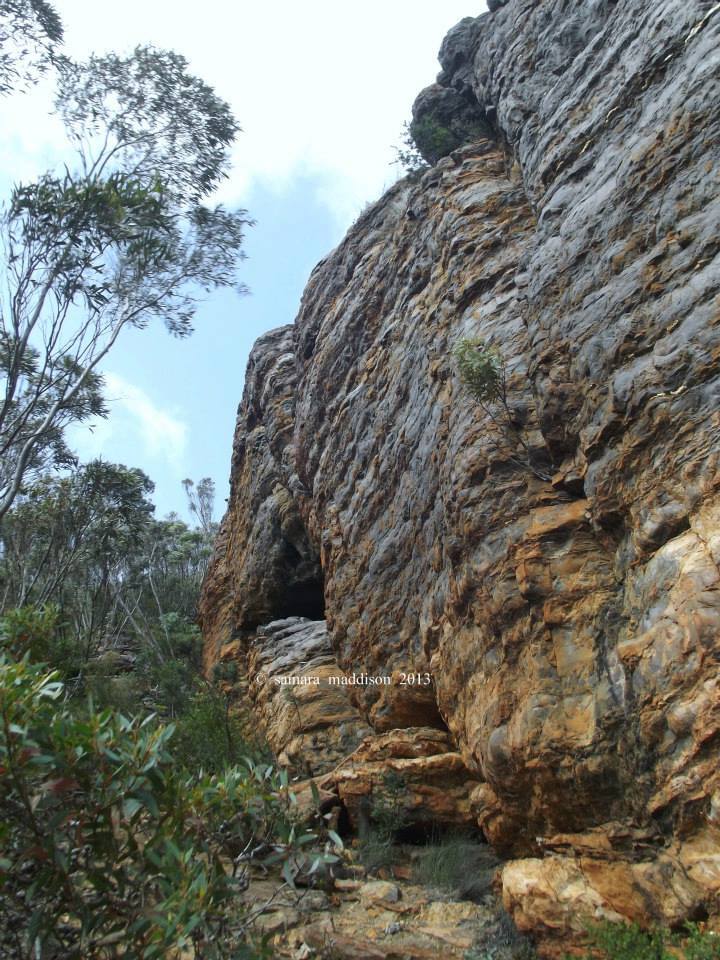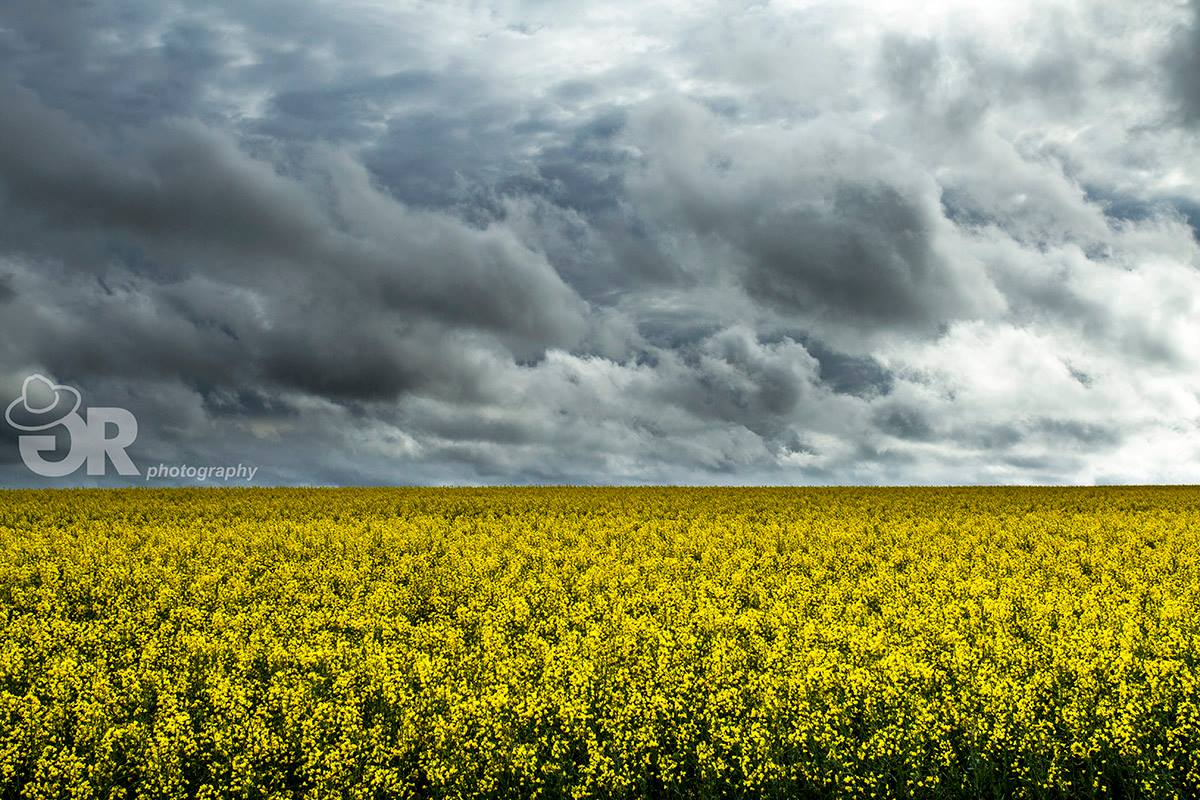
Bluff Knoll & Stirling Ranges
Bluff Knoll is a peak in the Stirling Range in the Albany Region. It is 1,099 metres above sea level and is one of only a few places to experience some snow in Western Australia
Climbing Bluff Knoll, a round trip of about 6 kilometres takes three to four hours, and can be achieved by anyone with a reasonable level of fitness. It is important to be well prepared for the trek, especially in the colder months as many people have been exposed to the cold weather during climbs.
Listed as one of Australia’s 25 best hikes, Bluff Knoll provides an admirable and rewarding challenge for bushwalkers, rock climbers and abseilers of all levels.
Thank you to Ben Reynolds for the cover photo.


One of Western Australia’s few mountain wildernesses, the Stirling Range National Park is a place of contrasts. Blessed with rugged mountain peaks rising to 1095 metres above sea level at Bluff Knoll (the highest peak in south-western Australia), and fragile wildflowers, the Stirling Ranges span 65 kilometres from east to west.
A wildflower and plant reserve of international significance, the Stirling’s springtime wildflower display (August to November) is justifiably famous. With over 1500 plant species, rare orchids, mountain bells and banksias abound, 148 bird species of which 90 breed in the park – and 19 species of native mammals call the park home.
A bushwalking, sightseeing and rock climbing focus, these fascinating blue mountains are accessed through historic town of Kendenup or the Porongurups via Chester Pass Road. Subject to unpredictable weather changes – they are WA’s only site of intermittent snow falls each winter – the mountains should be respected when exploring the diverse terrain. Please take appropriate clothing, wear sunscreen and a hat and take sufficient water. It is recommended that hikers who want to take longer hikes leave details in the book provided at the Ranger’s Station at the corner of Bluff Knoll/Chester Pass Road or at Moingup Spring.
Walks in the Stirling Range National Park
Survival Tips – Park Pass required; weather can change quickly, so wear appropriate clothing, footwear and sunscreen; carry water.

Toolbrunup Park – Thank you Shane Green
Toolbrunup Park – Approximate elevation 1052m. A popular hike which entails some loose rock, scrambling conditions in places and is considered steep and challenging for the average person. The approximate return time is 3 hours. It is recommended to follow the marker posts and not to stray on side tracks.
Mount Hassel – Approximate elevation 847m. A relatively short hike with a return time of about 21/2 hours. The trail is clear but one may stray on dead-end tracks, so be observant. A popular hike affording wonderful views. Not considered difficult.
Bluff Knoll – Approximate elevation 1094m. Certainly the most popular walk with return time of about 31/2 hours. Trail is well marked.
Tolyuberlup Peak – Approximate elevation 783m. Rugged in appearance but popular, with a return time of about 21/2 hours. Closer to the summit there are a few option tracks available and some scrambling is required.

Mount Trio Thank you Samara Maddison
Mount Trio – Approximate elevation 856m. A feature worth the effort with one stretch being difficult and steep in spots . From the saddle you have a choice between the East Peak or North Peak, with the return time being about 21/2 hours.
Mount Magog – Approximate elevation 856m. Considered a longer walk with the trail not distinct in places. The approximate return time is 51/2 hours. The hike entails a north and south peak
Thank you to Mount Barker Tourism for this information
Canola, also known as Rapeseed, was first grown in WA in 1969. Late winter, the bright yellow canola flowers decorate the landscape with their colourful bloom and the Stirling Range makes a dramatic backdrop. Thank you GR Photography for your photos.


